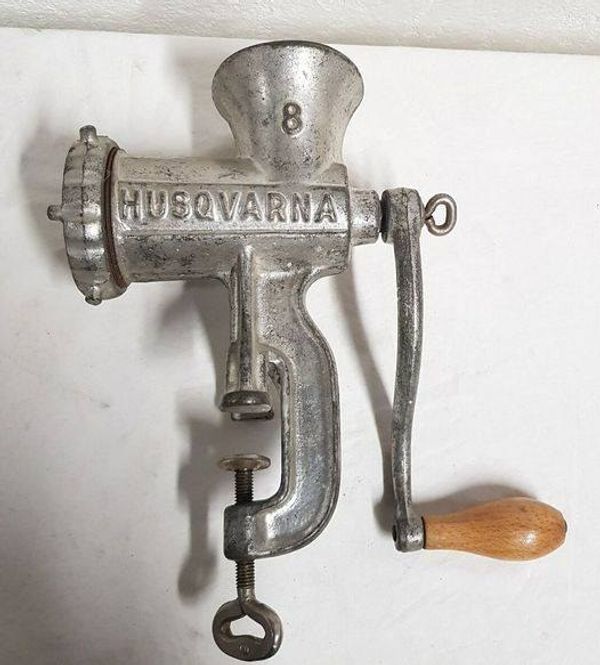
The kitchen mixer is a remarkable tool that has been a staple in culinary endeavors for over a century. Its journey dates back to the mid-19th century, with a series of inventions and innovations that have shaped its modern form.
It all began in 1856, when Ralph Collier patented the first mixer with rotating parts. This invention was followed by E.P. Griffith’s whisk in 1857 and the Monroe brothers’ hand-turned rotary egg beater in 1859. The Monroe brothers’ patent was later acquired by the Dover Stamping Company, leading to the popularization of the “Dover beater.”
Electric mixers made their debut in 1885, thanks to Rufus Eastman’s invention. However, it was the Hobart Manufacturing Company’s commercial mixers in 1914 that truly transformed the industry. Brands like Hobart KitchenAid and Sunbeam Mixmaster gained widespread popularity, especially in the 1920s when they became household staples.
The stand mixer, a significant milestone in the mixer’s evolution, was born in 1908. Herbert Johnston, inspired by a baker mixing bread dough, created a mechanical counterpart that revolutionized the way culinary enthusiasts approached their creations.
The breakthrough came in 1919 when Hobart introduced the KitchenAid Food Preparer. This innovation brought the mixer’s efficiency and versatility into home kitchens, forever changing the way we cook and bake.
Today, the kitchen mixer continues to evolve. It symbolizes human ingenuity and our relentless pursuit of efficiency in the kitchen. Whether it’s kneading dough, whipping cream, or mixing batters, the kitchen mixer remains an indispensable tool in every culinary enthusiast’s arsenal.



